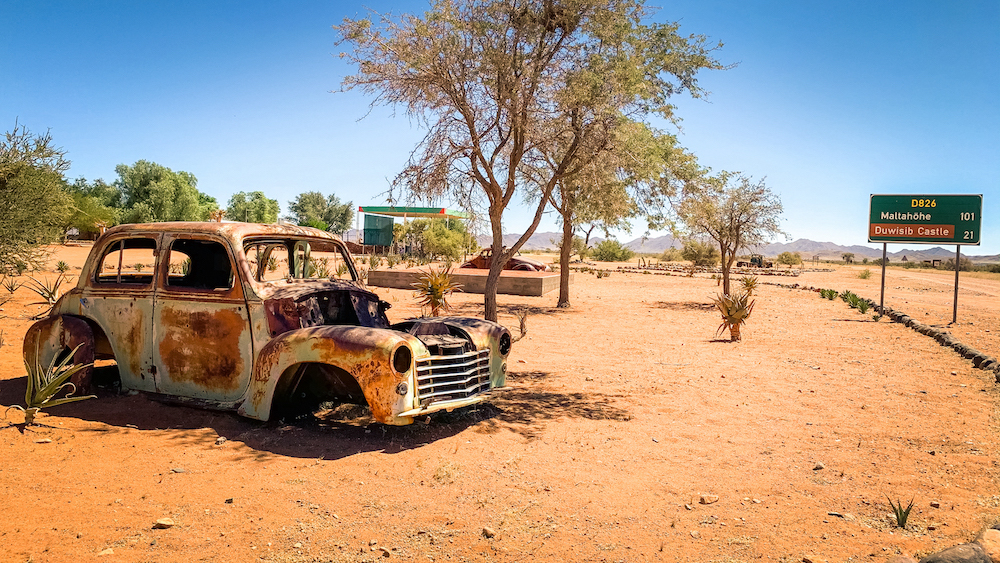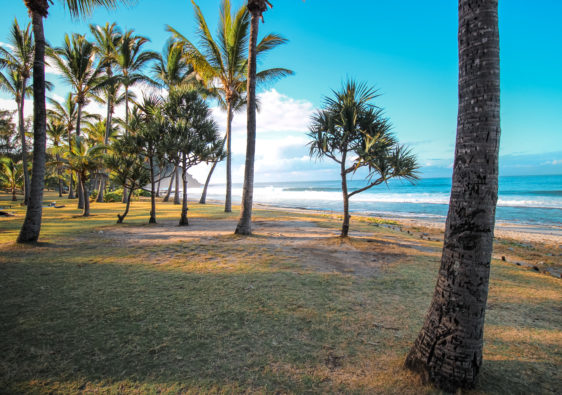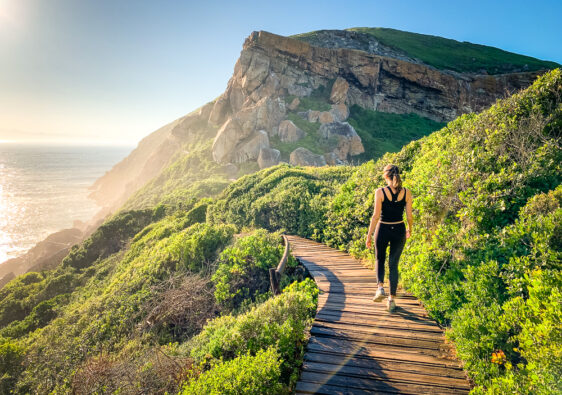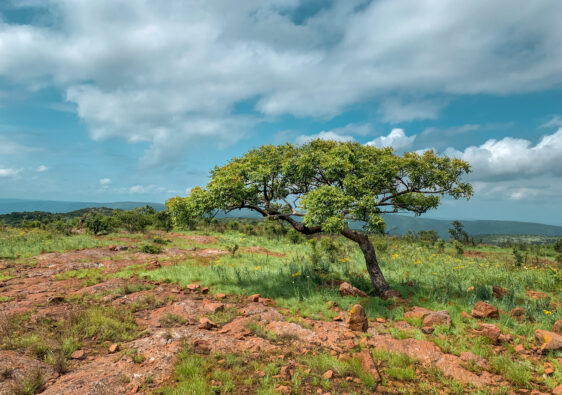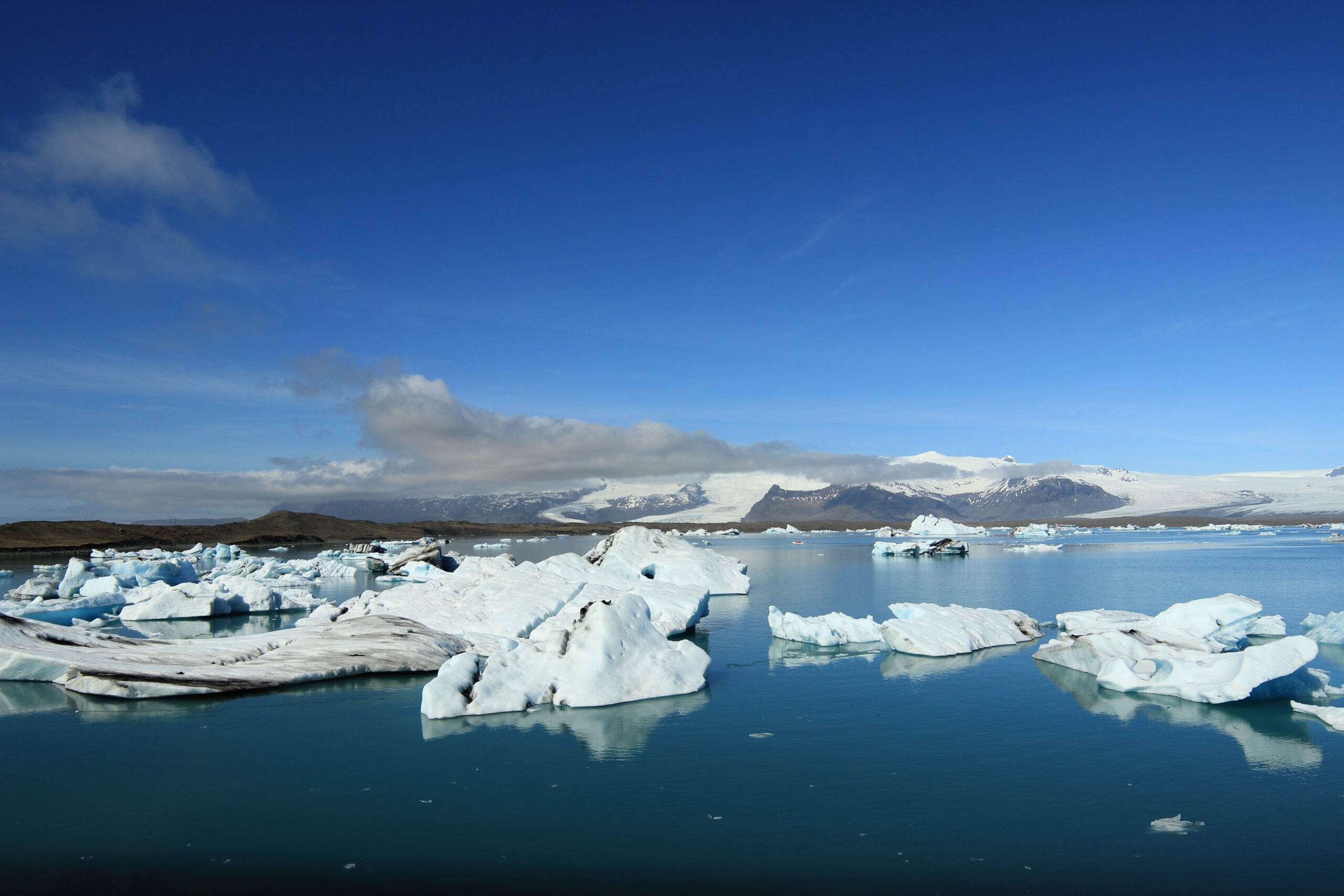A pandemic is a terrible and fantastic time to travel. It’s fantastic because the tourist hotspots are virtually empty and social-distancing is a breeze. It’s terrible because the regulation situation is volatile, a lot shutdown following the collapse in tourism, and you need to put in extra planning to ensure your COVID tests are lined up with timely results. For travellers from South Africa, the travel bans in reaction to the new variant make all but a handful of countries accessible right now. Neighbouring Botswana is the least friendly place to travel for students unless you’ve got a trust fund hidden somewhere, Zimbabwe is in a bit of an economic turmoil at the moment, and Mozambique is a liability. So that left Namibia.
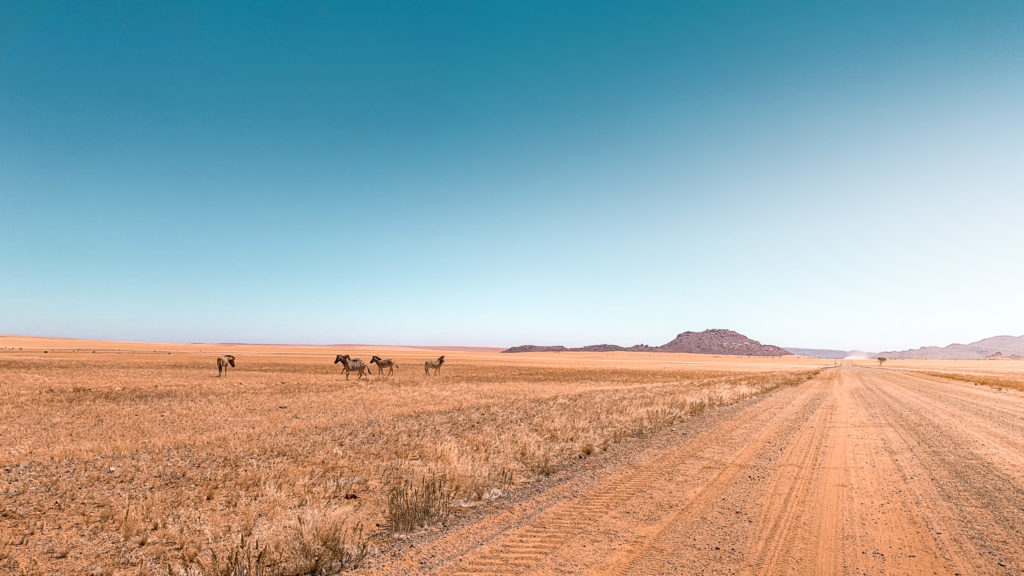
Heading to Namibia During the Pandemic
Our trip started off in Cape Town in March 2021. It’s about a 7 hour drive from Cape Town to the border town Vioolsdrift. There are limited flights into Windhoek, the capital city, from South Africa (and internationally), but they can cost several hundred dollars and don’t have the flexibility that a rental car comes with. We didn’t have much of a choice which land border to cross since only two are currently open (the other being Nakop to the east). I won’t go into the details of the border crossing itself, since that bureaucratic nightmare warrants its own novel. But I will briefly say that if anyone reads this and feels inclined to start a “Go Fund Me” campaign for the Vioolsdrift and Noordoewer border posts to raise money for signage, many a tourist will be forever be in your debt. A German couple in front of us was particularly distraught by the lack of organisation which rubbed against the very fibres of their beings.
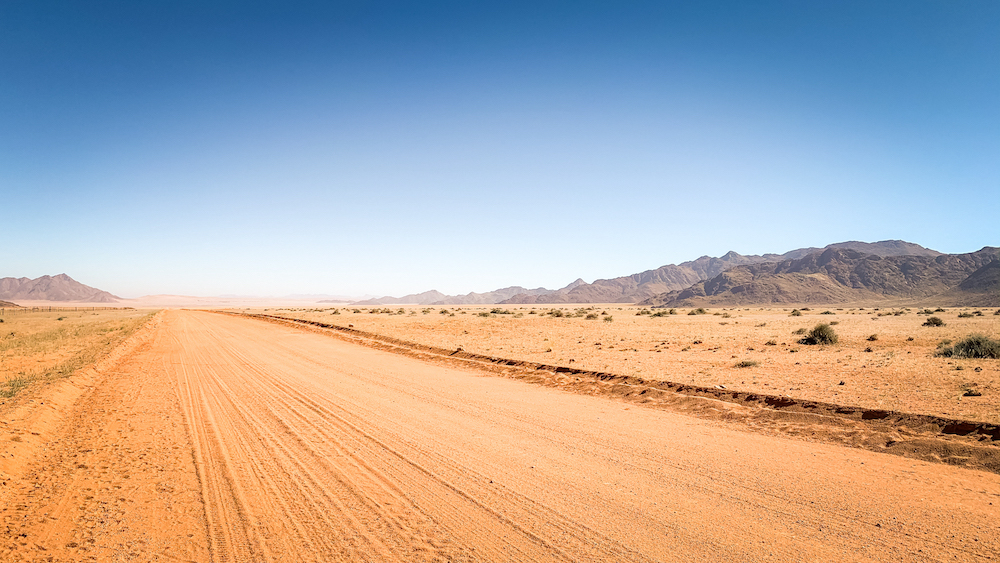
Driving a Rental Car Across the Border
One important tidbit to know when crossing a land border in Africa, in addition to packing a lot of patience, is in regards to rental cars. We read lots of horror stories about popped tires on Namibian roads. As a proud member of AAA, changing a tire is not in my repertoire and so I panic-rented an SUV with thick tires and high ground clearance to get us through the worst that unpaved roads have to offer. That said, I think you could easily have managed this trip in a normal sedan, though I would recommend avoiding “D” roads and unpaved “C” roads to spare the anxiety.
However, if you do find yourself renting a car to drive over the border, firstly make sure the type of car you rented is allowed to be brought into another country, and secondly, have the necessary documentation on you. Unfortunately, this requires you to be a willing victim of daylight robbery and pay the R1330 – R2000 fee for a generic printed statement given by the rental car company stating you have permission to drive the car over a border. On top of this you will need a ZA sticker on your car and become a willing victim of daylight robbery again when you pay R320 for a ‘road user fund’ at the Namibian border post.
COVID-19 Tip: As of March 2021, a negative PCR test taken no more than 7 days before entry is needed to enter Namibia. PCR tests are available at PathCare sites in Cape Town for R850 and results are available in less than 24 hours. To re-enter South Africa, a negative COVID-19 test must be taken within 72 hours before entry. Antigen tests are available at all open land borders for R300 and take 15 minutes.
What to See and Where to Camp
Namibia is a large country and it can be extremely overwhelming planning what to do and what to cut out. Especially if you can only budget for a week’s holiday. There are a few things that I would have done differently and I’m feeling some FOMO regrets right now.
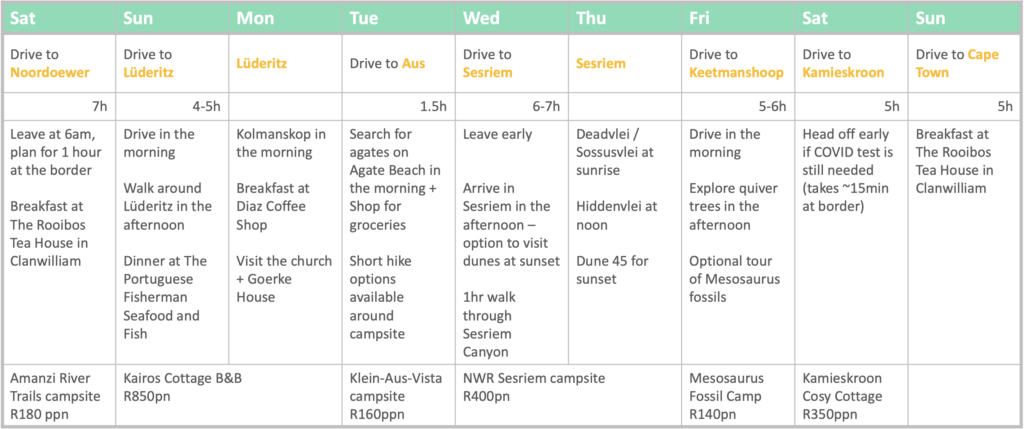
Firstly, you are going to be driving a lot. So cut down the unnecessary driving time. There are a lot of bloggers salivating over the D707 on the way from Aus to Sesriem. The road is lauded as “Namibia’s Garden Route”. The thing is, given they took the D707, they don’t have the alternate direct route to compare to (the C13/C27). Having driven the C13 along the Orange River, I can say with absolute conviction that the D707 is a waste of time. The C13 is superior in every way. The D707 is covered in sand that requires regular maintenance and the mountains are too far away to appreciate the view. The only thing you will achieve by driving the D707 is getting stuck in sand and wasting several hours navigating sharp rocks in the road. Once we rejoined C27 to Sesriem, the views became much more eventful – we had zebra, gemsbok, and springbok at our window.
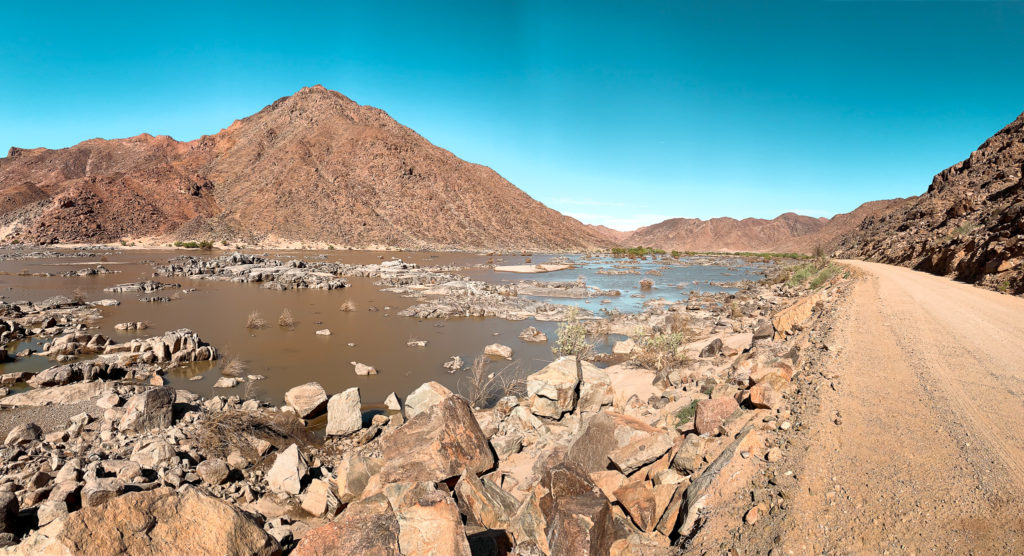
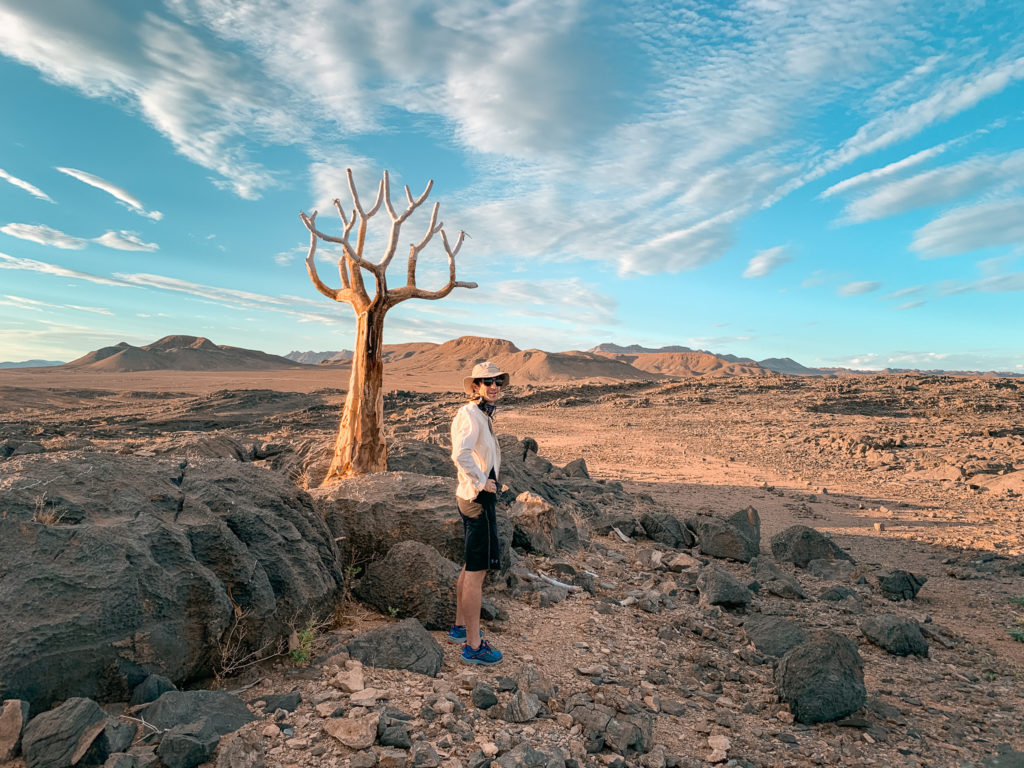
If you plan to camp along the Orange River, check that your campsite isn’t flooded or hasn’t been recently flooded. Ours had been and was still under repair while we were there. There was also an unpleasant swampy odour everywhere. I’m not sure how much of this flooding contributed to the breeding ground for huntsman spiders, but I could barely sleep at night because I could hear the pitter-pattering of these monstrous 8-legged creatures all around the tent.
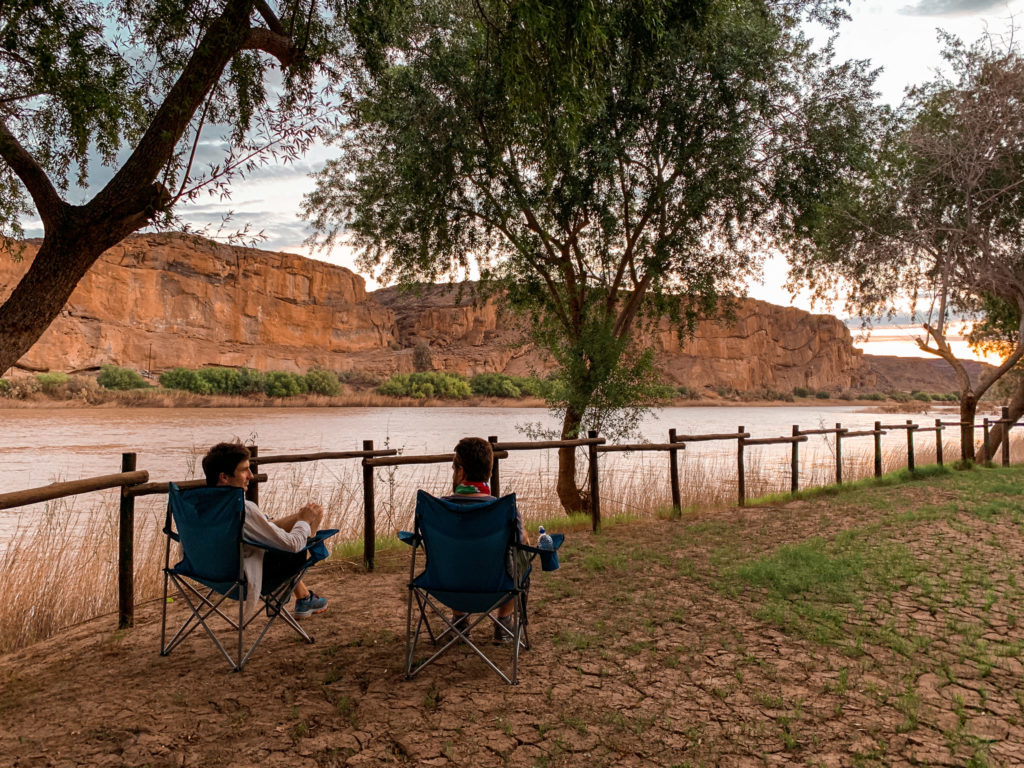
Anyone interested in visiting Kolmanskop, the abandoned German diamond mining town, can do so either by basing themselves in Aus or Lüderitz. If you choose to stay at Lüderitz, do not camp unless at a sheltered campsite because the winds are incredibly strong and, combined with the sand, will wreck your tent. We stayed along Shark Island, but if the wind lets up, the sounds from the working harbour next door can cause a lot of sound disturbances at night. If you stay in Aus, I’d recommend Klein-Aus-Vista which has some very remote campsites with excellent star-gazing opportunities. Just be prepared to hide your food away from the baboons.
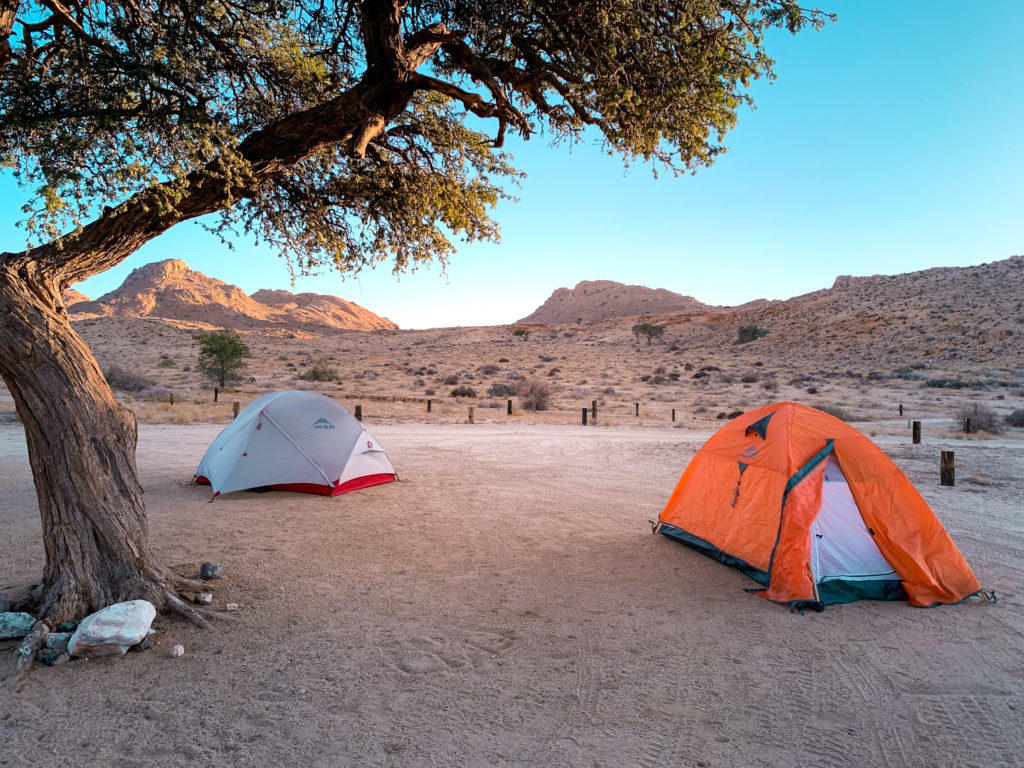
Personally, if I went back, I would only spend one day in Lüderitz. The reason is you can spend the night there to quickly access Kolmanskop ten minutes away, and then visit the town in the afternoon before moving on to Aus. As for Kolmanskop, if you are an early riser, you can get access to Kolmanskop from sunrise to sunset for R300 (Namibian dollars (N$) and South African Rand can be used interchangeably). Otherwise, if you pay R100 you can access the abandoned mining town from 9:00 – 13:00. Personally, I think you can forgo the sunrise and come later when the sun is higher because the best photos are taken of the shadows inside the buildings and don’t appear until 10am anyway.
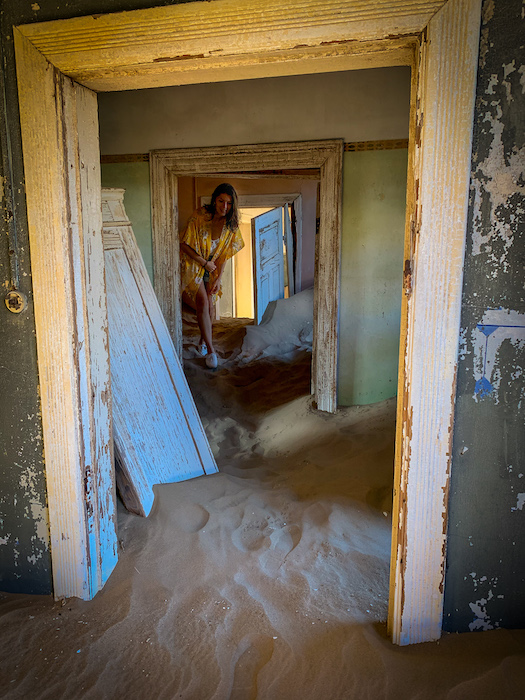
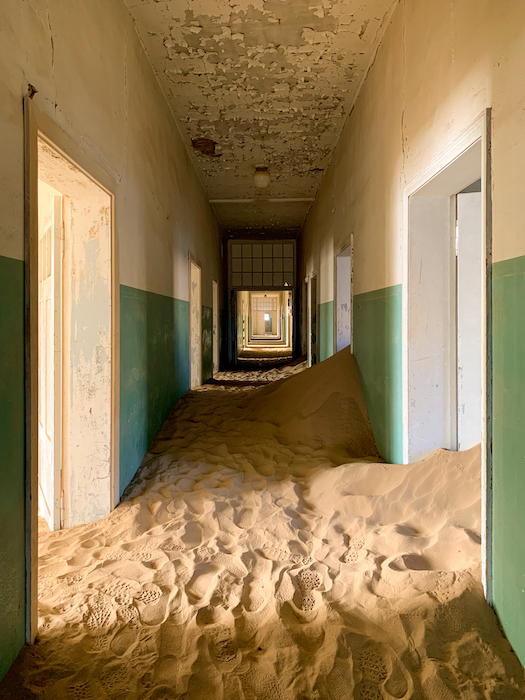

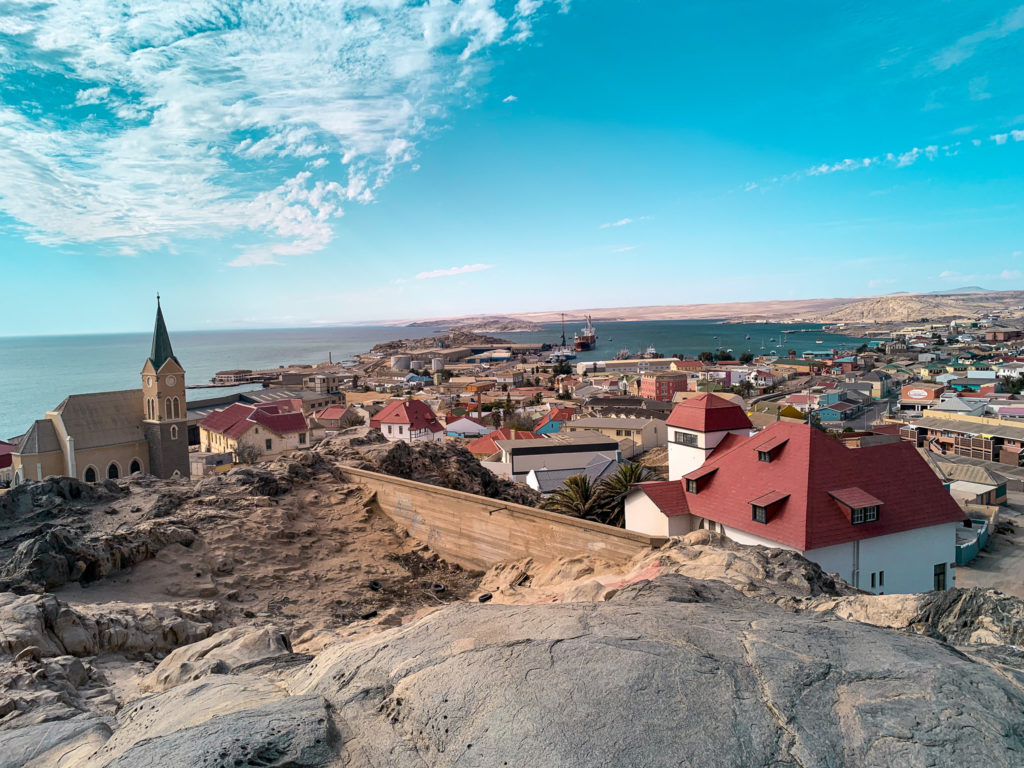
Do not go to Namibia without visiting Sesriem. I am feeling extremely regretful not having spent more time there. I wish I had spent more time in Sossusvlei in the morning rather than thinking I could casually make the 2 hour trip back later in the afternoon to revisit. We had two nights booked at the NWR Sesriem campsite for R400 per site, per night (special rates until June 2021). It was quiet while we were there, but I can imagine during non-pandemic times that the pool and campgrounds are packed and noisy.
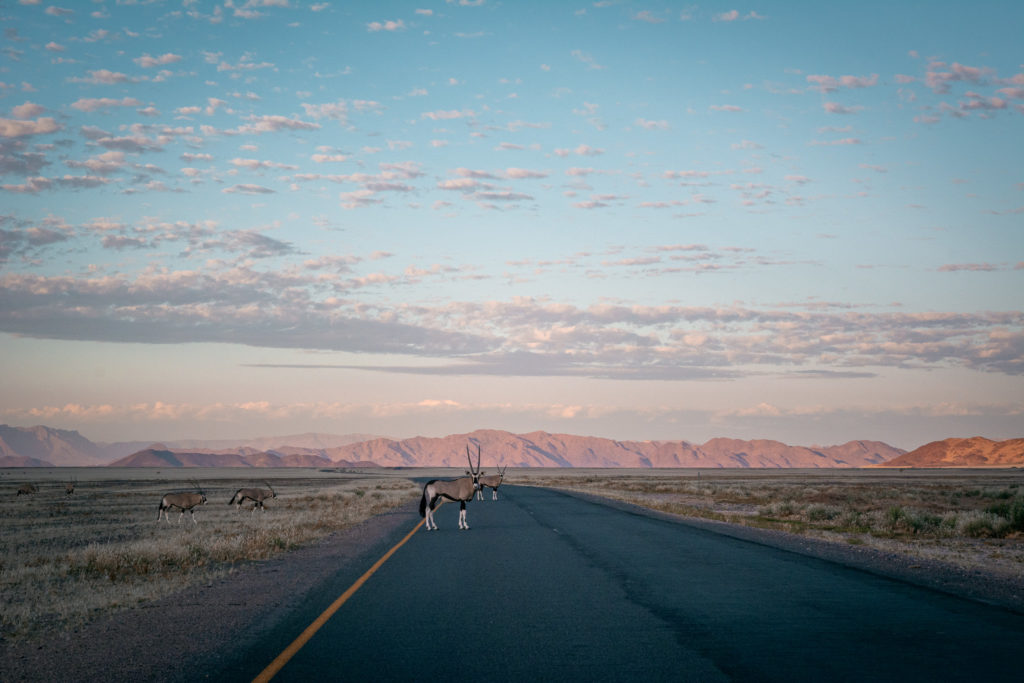
If you find yourself wanting to visit when the regular rate of R490 per person per night is in play, I would recommend only booking the campsite for the night you want to see the sunrise over Deadvlei the next morning. Spend your evening at a campsite outside the gate. The reason for this is the NWR Sesriem campsite is extremely overpriced for what you get because it is located inside the entrance gates. Overnight visitors have premium access to the park one hour before sunrise to an hour after sunset. All other visitors can only enter the park at sunrise and must exit by sunset, meaning they miss the best photography hours. Entry rates are low at N$30 per day for Namibians, N$60 for SADC residents, and N$80 for all others.
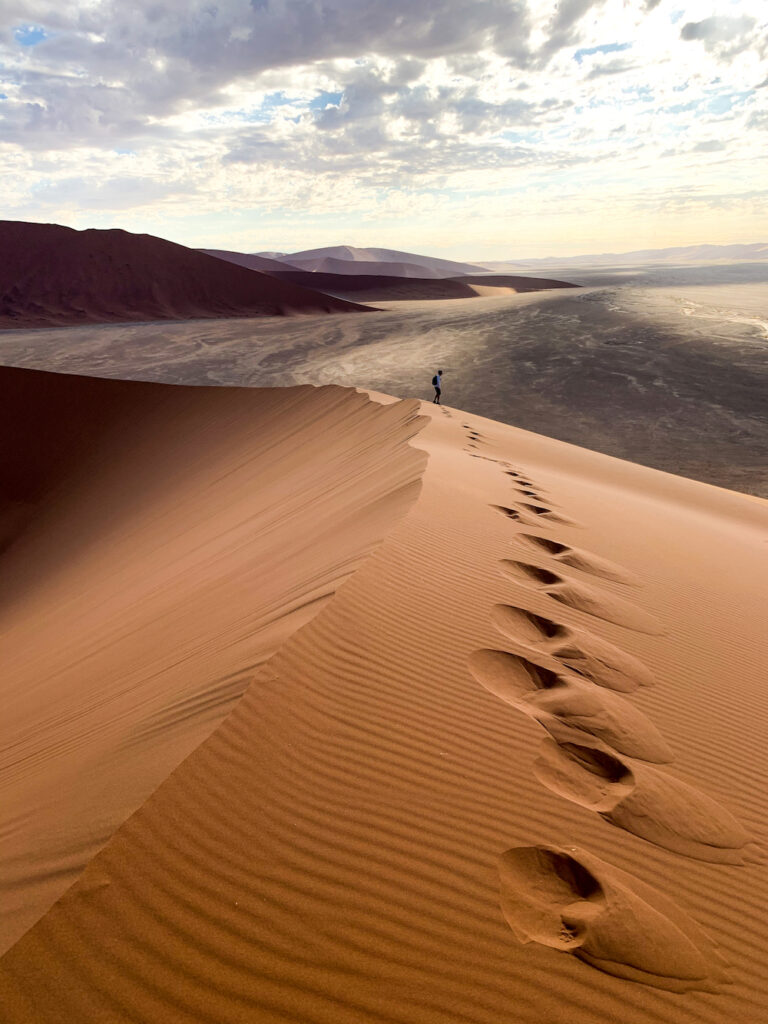
Deadvlei, Sossusvlei and Hiddenvlei lie 60km down a tarred road, followed by another 5km deep sand path to Deadvlei. If you have a 2x4WD, then park at Hiddenvlei and cough up the R180 per person for the shuttle to Deadvlei. There’s a dune along the road to Sossusvlei called Dune 45 – skip it entirely. Devote your full time to exploring the dunes around Deadvlei and Sossusvlei. Just bring water, snacks and hand cream (the dry desert destroys soft skin). I would recommend getting to Deadvlei at sunrise when the shadows and lighting bring out the best side of the dead camelthorn trees.
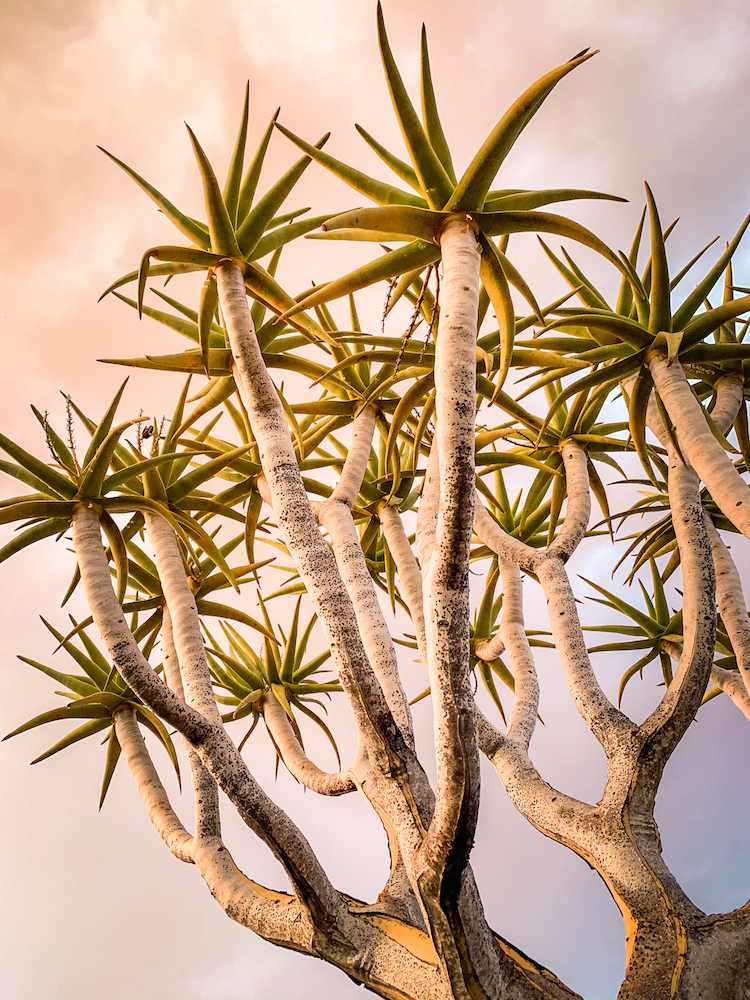
As for the quiver trees – they’re pretty much everywhere along the road from the Northern Cape, South Africa to Sesriem. You really don’t need to go out of your way to visit the Quiver Tree Forest, but it’s a nice place to stop if you needed an excuse. I would skip the Quiver Tree Forest campsite which charges R265 a night per person and head 15 minutes down the road to the Mesosaurus campsite which is far more remote and rewarding.
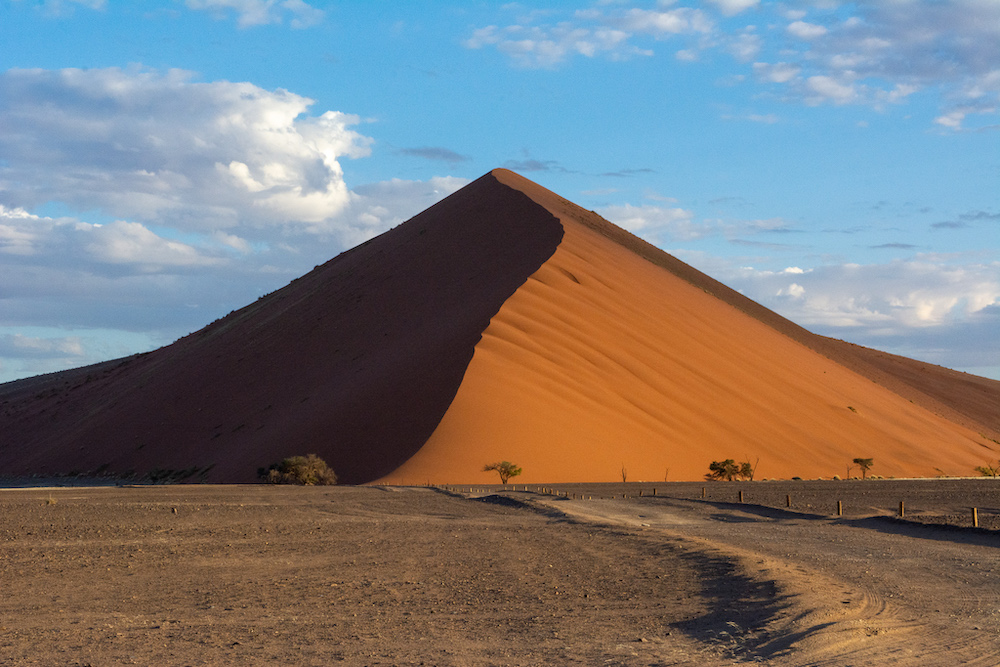
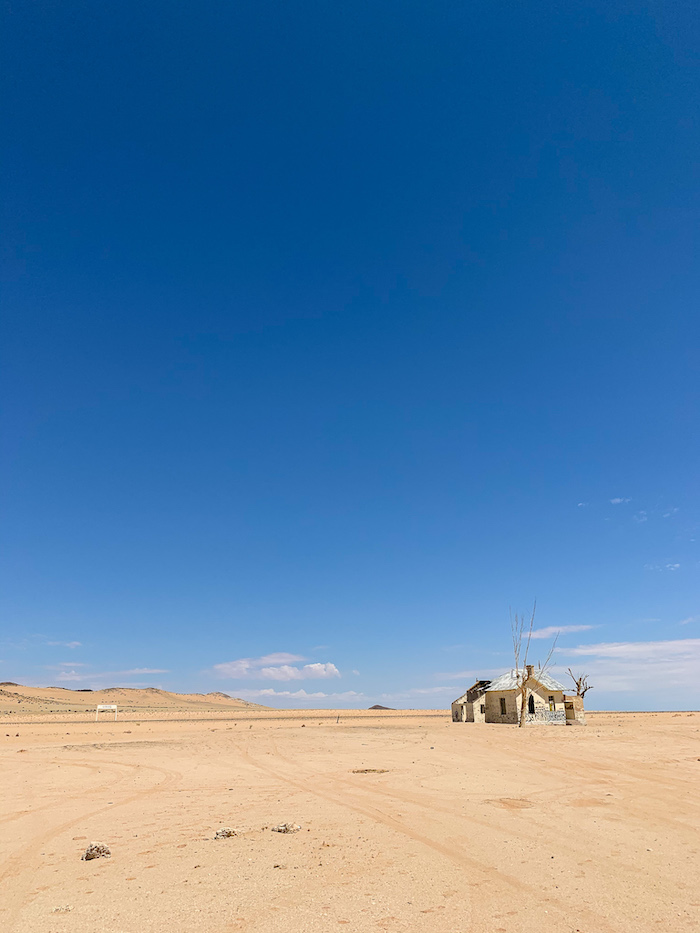
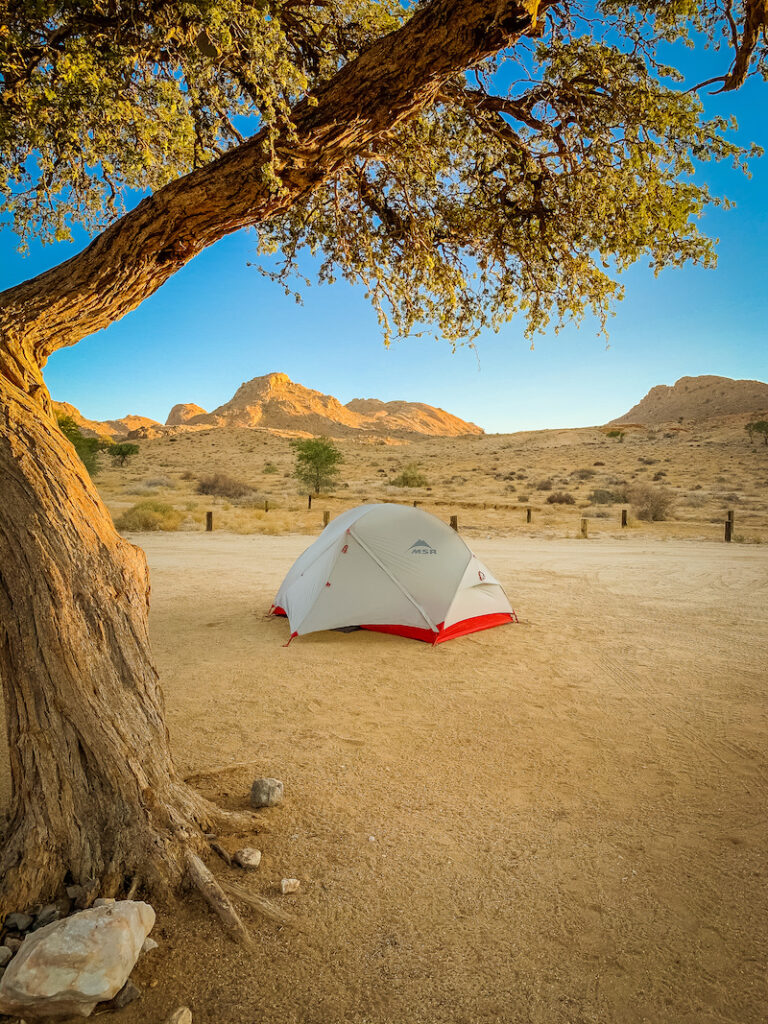

Packing Essentials
The first rule of thumb – don’t go alone. Pack a friend or two. We went with three people, one to stay with the car in the case that it broke down and two to search for phone signal to call for help. Three people are also useful for extracting a stuck vehicle out of a sand dune. We packed 10 litres of water in the event of an emergency and enough food to last three days. In hindsight it was a little overkill, but the snacks and water were appreciated regardless. If you plan to take unpaved roads, I would highly recommend investing in a tire repair kit – it’s only about $5. If you are driving a rental car, consider the tyre & windscreen insurance. It’s only R40 per day with Europcar. People drive fast and may kick rocks up onto your windshield.
Key miscellaneous items I would not go without are hand cream, sunscreen, pain relief tablets, and salty food. It’s extremely dry in Namibia and you might not notice you are dehydrating. A cooler box is useful as supermarkets are far and few. Groceries are more expensive in Namibia, so I’d advise on stocking up on non-perishables before you enter the country. A paper road map that indicates road quality and marks gas stations doesn’t hurt either.
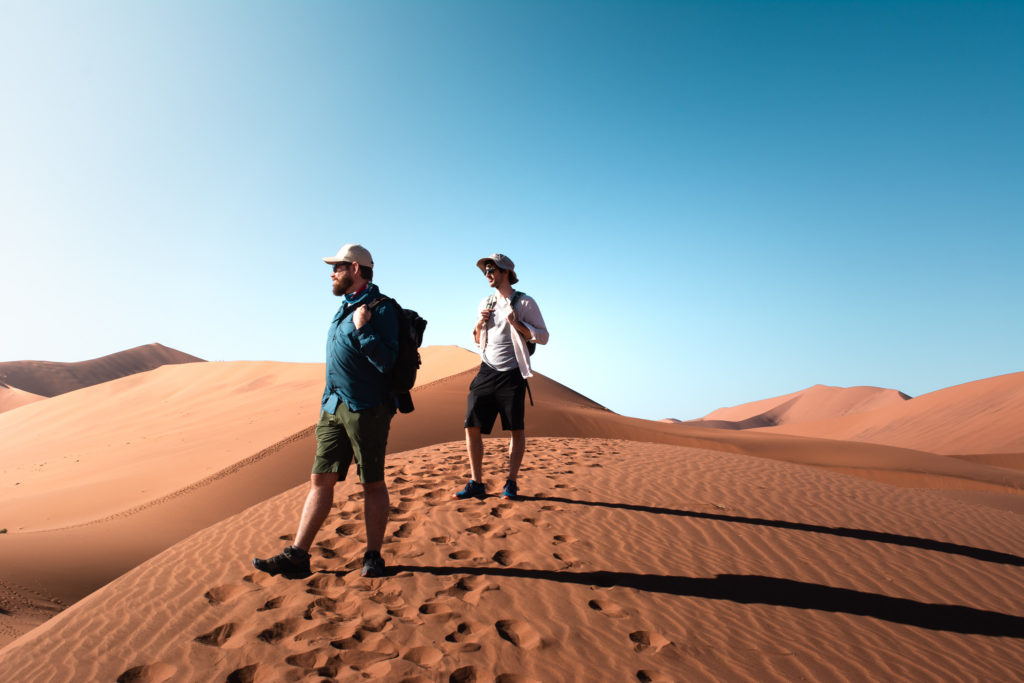
Clothing-wise, pack a scarf. The wind around Lüderitz and Sesriem whips up a lot of sand that contains small particles of mica. If you don’t know what it feels like to get pelted by mica, imagine acupuncture except less therapeutic and all over your body. Unless you bring a big scarf to protect yourself with, you will be eating sand and be red with puncture wounds. A swimsuit is also useful, not to bathe in the ocean (it’s freezing), but to cool off in the pool. NWR Sesriem, Klein-Aus-Vista, and Quiver Tree Forest Rest Camp all have decent swimming pools.
Rain in Namibia is rare, but does occur from November through April. We got caught in showers and thunderstorms on our final night camping by the quiver trees. A poncho would have helped.
